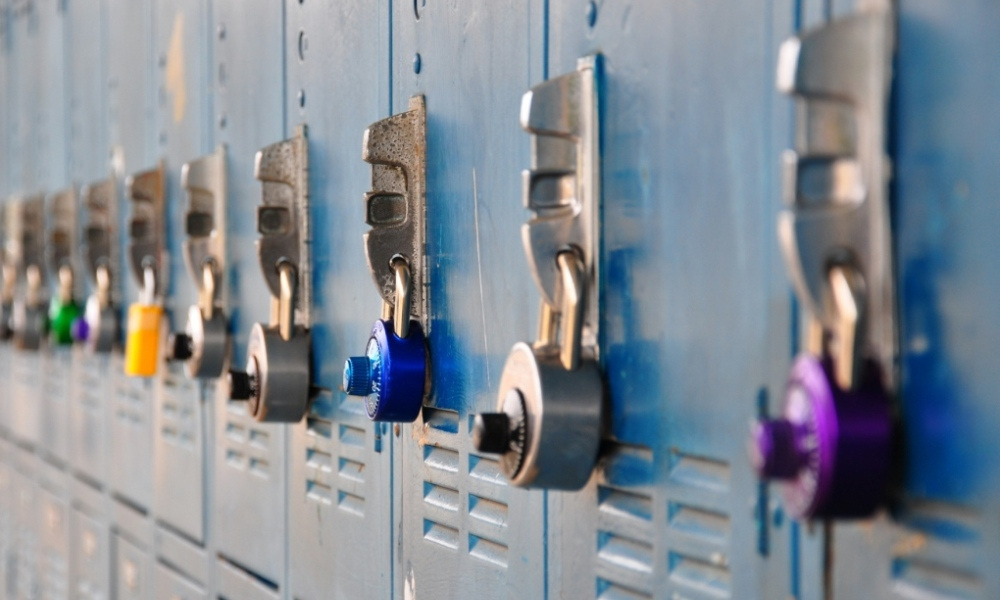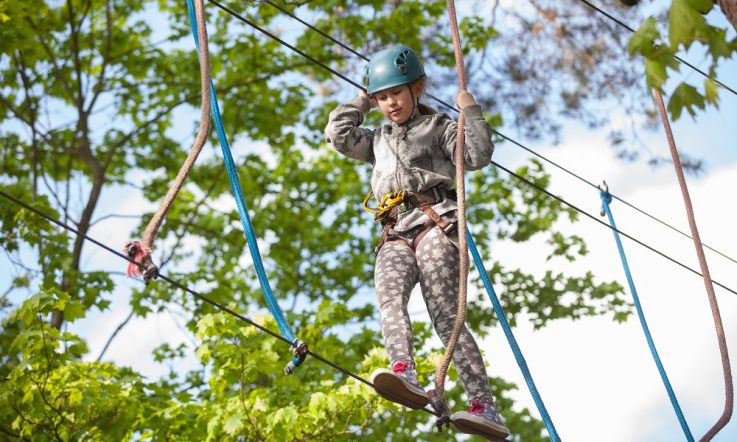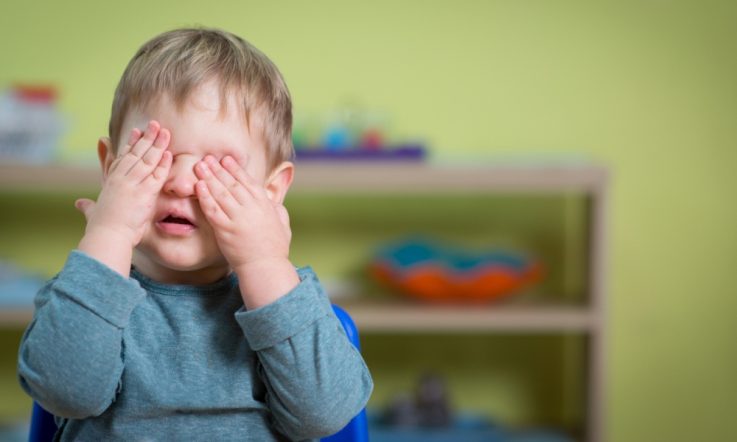Schools need programs and structures in place to support the transition from primary to secondary, but research also suggests students' positive expectations could make the experience easier.
A study by Associate Professor Stacey Walters, Associate Professor Leanne Lester and Professor Donna Cross investigated the issues worrying youngsters about their impending move to secondary.
As well as offering insights into what they were most and least looking forward to, the results show students who reported they were expecting an easy or somewhat easy transition into Grade 8 were three times more likely to experience a positive transition than those students who had a negative expectation in Grade 7.
'Expecting a positive experience during transition impacted positively on students in both the short and long term,' Lester tells Teacher.
'The third of the student sample who reported experiencing a difficult transition were consequently more likely to experience poorer social and emotional wellbeing, including higher levels of depression and anxiety at the end of their first year of secondary school.'
Lester, who works in the Health Promotion Evaluation Unit at the University of Western Australia, says transition can be a difficult time for some students as they try to cope with environmental and social changes alongside the physiological and cognitive challenges of adolescence.
'Some of the major issues students have to cope with are adapting to both organisational and structural changes within the school environment while socially trying to establish new social roles in new social groups.
'Students go from a primary school environment characterised by smaller class sizes and a smaller student cohort ... and one main classroom teacher rather than multiple teachers [and specialist staff].
'This change in school structure is not unique to Australian schools but affects students in many countries. This being the case, it is surprising how little research has been conducted to understand the effect of this transition on a student's long-term academic, social and emotional wellbeing, and what action can be taken in response.'
Lester and her colleagues detail the results of the study in their Australian Journal of Education paper Transition to secondary school: Expectation versus experience.
It involved 2078 12- and 13-year-olds enrolled to attend 20 Catholic secondary schools in the metropolitan area of Perth, WA. They were asked to complete two surveys six months apart - at the end of Grade 7 and start of Grade 8.
The top five issues they were worried about were how much homework they'd have, finding their way around or getting lost, hard classes, hard or unfriendly teachers and getting to class on time. On the flip side, the things they were looking forward to about the move to secondary school were being able to choose some classes, making new friends, more school activities, attending more school events, participating in sport and clubs, getting grades and having school lockers.
Students who were concerned about a great number of factors reported a more difficult transition experience. The researchers also examined gender differences.
'... females were significantly more likely to look forward to new features of the secondary school than males. A significantly greater proportion of females compared with males were looking forward to making new friends, having new teachers, having lockers and having more same-age students,' the authors write.
'A significantly greater proportion of females than males were worried about finding their way around or getting lost, hard classes, hard or unfriendly teachers, getting to class on time, fitting in or making friends, negative peer group pressure, being bullied, being made fun of, older students, new and more students and riding the bus.'
Lester tells Teacher the study offers some useful pointers for schools. 'Many fears can be eased through a transition program in the final year of primary school and the first year of secondary school which highlights the opportunities and addresses their concerns.
'Schools need to be aware of the impact of transition and have pastoral care programs and structures in place to support students in both primary and secondary school. Similarly, schools need to consider the teachers they choose to support the transitioning students to ensure they are highly approachable and willing to build positive relationships with the students to also enhance students' engagement and connectedness with the secondary school.'
She adds that practical strategies schools can engage in include pastoral care programs where primary and secondary students spend time visiting each other, with the aim of building social norms portraying how much students enjoy high school.
'Through regular communication to families and students, schools can highlight the types of enjoyable activities students are likely to experience ... such as camps, extracurricular opportunities, teachers, and independence and choice.
'Many schools also use orientation days prior to transition to enable students to experience being in a new secondary school within the safety of their familiar student cohort. Students can also be given lots of practice getting accustomed to secondary school by spending the first year in a secondary environment with a blend of primary and secondary school organisational features. For example, having a common core subject teacher and moving to other classrooms for electives and phys ed only.
'It is also important for students at the beginning of secondary school to arrive a few days prior to other students to enable them to get to know the school, staff, find their way around, and engage in activities that have high levels of social architecture so they get to know the other new students. Schools also use ‘house' days to help students make new friends, which builds connectedness and reduces the likelihood of bullying.'
Lester says more research is needed to identify how positive thinking and developing coping skills can moderate the negative effect of the transition experience for students.
References
Waters, S.K., Lester, L., Cross, D.S. (2014). 'Transition to secondary school: Expectation versus experience'. Australian Journal of Education. 58, 2, pp. 153-166.
What support systems does your school have in place for transition students?
Are there opportunities for students to discuss what they are looking forward to?
Which primary and secondary features could be blended in the first year to ease the transition?



